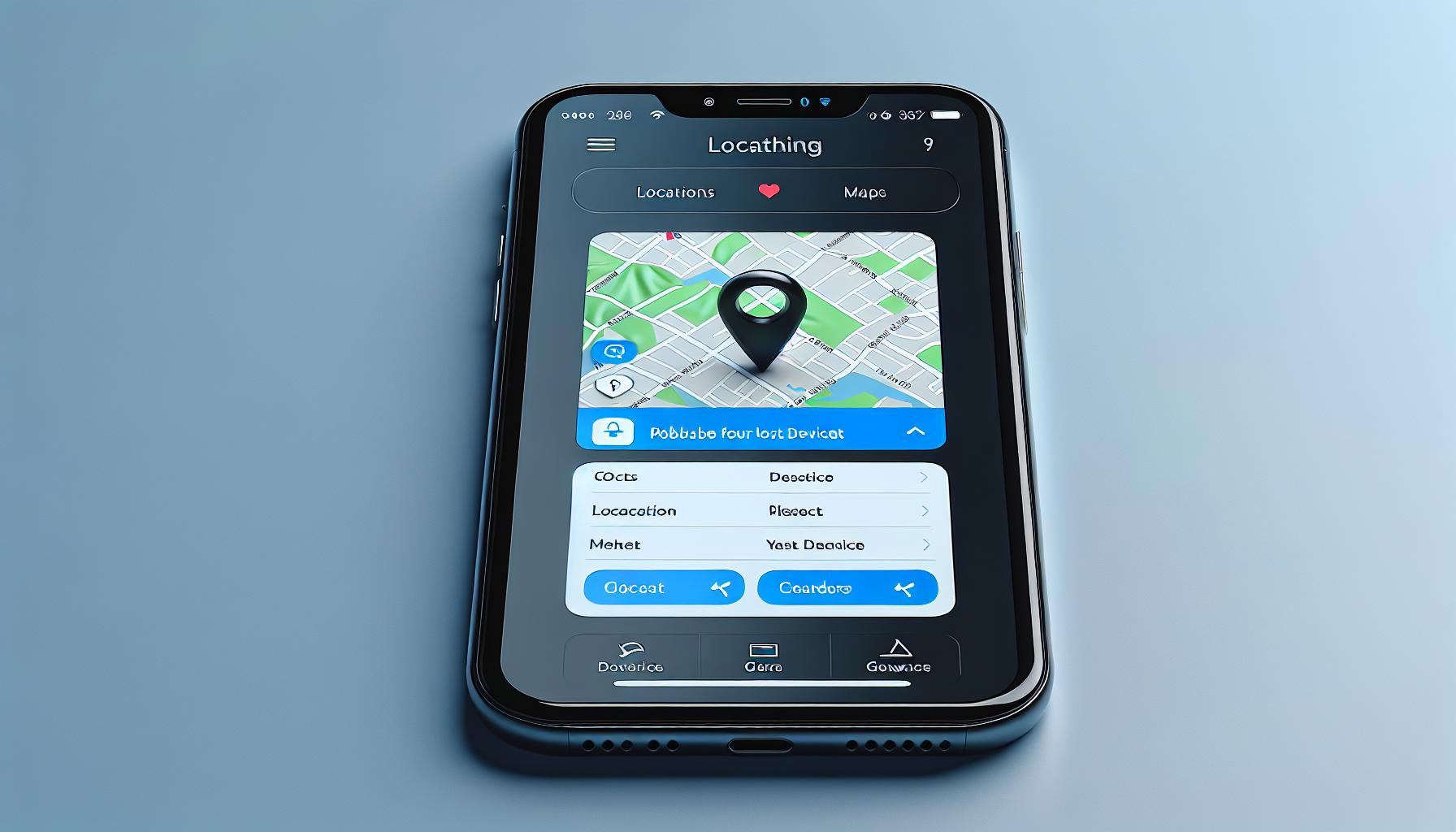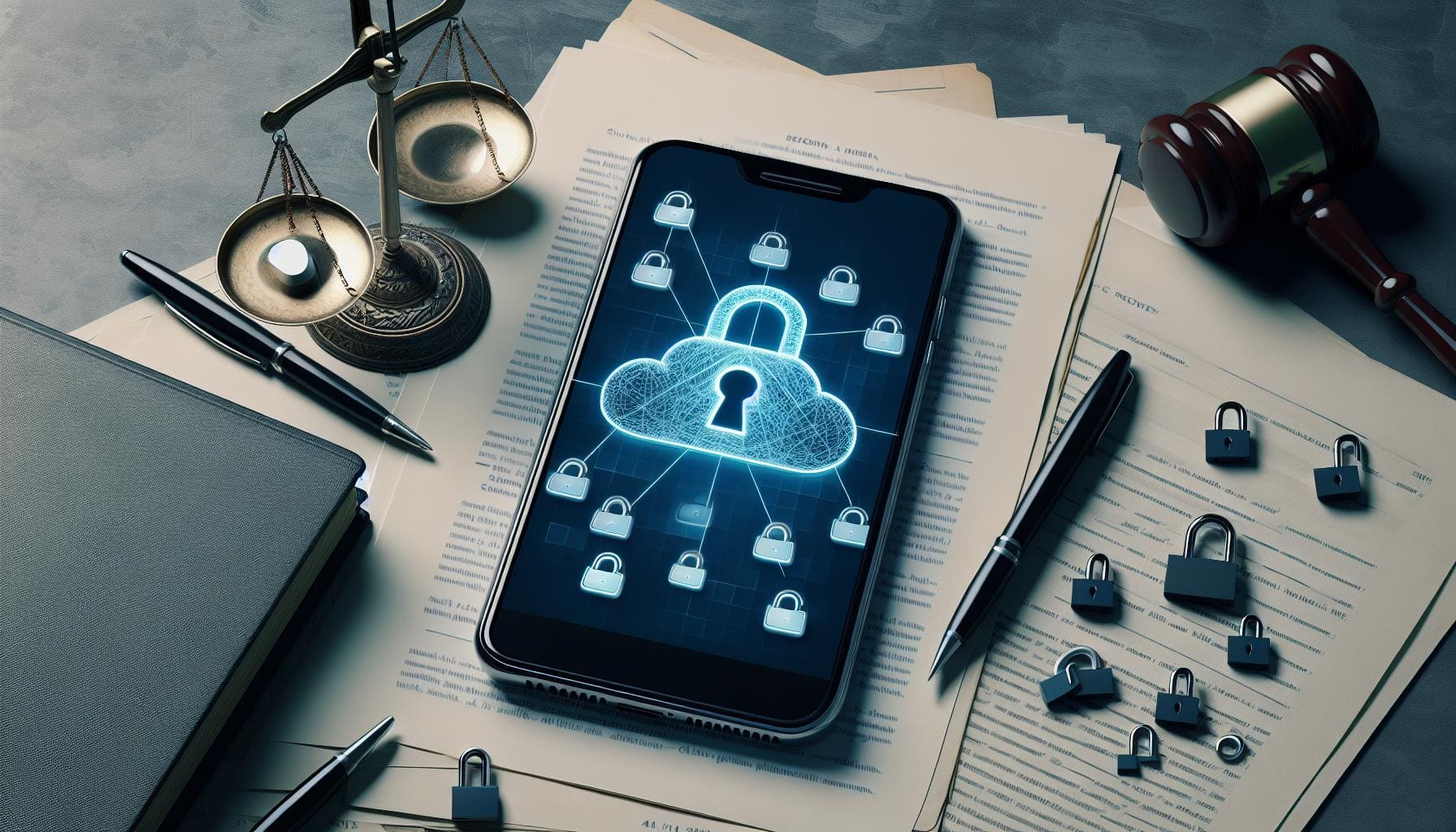Ever found yourself locked out of your own iPhone? It's a frustrating experience, isn't it? You're not alone. Many iPhone users often forget their passwords and find themselves locked out of their own devices. But don't worry, there's a way out.
Why do iPhones get locked?
One common misconception is that iPhones only get locked due to forgotten passwords. Yet, it's not the only reason. There are several reasons why iPhones get locked.
Multiple Incorrect Attempts can lead to a locked iPhone. If someone enters the wrong password six times in a row, the device will be disabled for a specific period. This is a security feature to prevent unauthorized access.
Next is the "Find My iPhone" feature. This feature enables you to remotely lock your iPhone if it's lost or stolen. This function is, without doubt, a robust security measure aimed to protect your information.
Another reason could be due to automated iOS updates. On occasion, iPhones might get locked after an OS update requiring the passcode – even if the user usually logs in with their fingerprint. This mostly happens when you haven't used your passcode to unlock the device in the last six and a half days, and the device hasn't been unlocked for the last eight hours.
Finally, there's the Erase Data function. Activating this function will erase all data on your iPhone after ten failed passcode attempts. It's designed for those who prioritize the security of their personal and confidential data.
Understanding these reasons plays a significant role in preventing the issue from happening.
From the multiple incorrect attempts to the "Find My iPhone" feature, automatic iOS updates, and the Erase Data function, these security-based features are intended to safeguard your iPhone. They act as barriers against unscrupulous hands aiming to invade your privacy and misuse your data. So, deeper understanding about these reasons saves you from getting locked out and enhances your iPhone user experience.
Let's elaborate on how these features lead to a locked iPhone, and how you can unlock it by discussing several methods. Onward, we provide you with some easy-to-follow, step-by-step instructions about what needs to be done when you face a locked iPhone.
Risks of trying to unlock an iPhone without a password

Venturing into the process of unlocking your iPhone without a password is a high-stakes game. It often involves considerable risk, and it's crucial to be aware of the possible consequences before diving in.
Data Loss is a major risk factor. The standard process of unlocking a locked iPhone involves erasing all content from the device. This means your treasured photos, vital contacts, important text messages, and even pet videos could potentially be wiped away.
Security Compromise represents another serious risk. When you try to bypass the lock screen using unauthorized methods, there's a chance your iPhone could get hacked. Unwanted individuals might gain access to your personal information, banking details, social media, and emails. This could subsequently lead to identity theft, fraud, or other forms of cybercrime.
Remember that Legal Issues may also apply. Tampering with security measures enforced by Apple might conflict with their terms of service. This could potentially endanger your warranty or any existing software agreements. It's a good idea to familiarize yourself with the fine print of these documents prior to taking any action.
Unlocking an iPhone without a password may also lead to Functional Issues. Unauthorized unlocking attempts might tamper with the operating system or damage the device software and potentially result in an unresponsive or malfunctioning iPhone.
Consider this. Here you are, weighing the risks of unlocking an iPhone without the passcode. Evaluate the impending threats before you decide to proceed. Stay cognizant of the potential hazards, and always prioritize the safety and security of your information.
Legal implications of unlocking someone else's iPhone
Venturing into the realm of unlocking someone else's iPhone? Hold your horses! It's crucial to understand that without proper authorization, unlocking someone else's iPhone is not just unethical, but could lead to significant legal implications.
First off, unauthorized access to personal information on another person's iPhone is a clear violation of the Computer Fraud and Abuse Act (CFAA) in the United States. This federal law prohibits unauthorized access to data on computer systems, which naturally includes iPhones. Infringements can lead to serious penalties, including critical fines or even imprisonment.
Besides the CFAA, you could also be contravening the Digital Millennium Copyright Act (DMCA) if you're attempting to bypass passcodes. The DMCA prohibits bypassing digital rights management (DRM) systems that protect copyright works.
| US Law | Consequence |
|---|---|
| Computer Fraud and Abuse Act | Prohibits unauthorized access to data; can lead to fines or imprisonment |
| Digital Millennium Copyright Act | Prohibits bypassing DRM systems; violation may result in fines |
Beyond the legal repercussions, unlocking someone else's iPhone without permission is a complete infringement on personal privacy. You might stumble upon photos, messages, emails, or other sensitive information that the owner would prefer to keep private. Essentially, it's a clear breach of trust and can destroy relationships.
Moreover, if your intent is malicious - say identity theft, hacking, or any kind of cybercrime - you're looking at markedly enhanced punishments. In most cases, your actions could be classified as a felony, leading to heftier fines and longer periods of imprisonment.
It's not worth it. Respect people's privacy and stay within the law. Remember, unlocking someone else's iPhone without a password isn't a harmless prank or curious exploration. It's a serious action with far-reaching implications. So, think twice before you act.
How to unlock your iPhone without a password using iTunes
If you've forgotten your password and suddenly find yourself locked out, don't panic. There is a way for you to unlock your iPhone using iTunes. It's important to remind you, this method is only intended for your personal use. Don't attempt to unlock someone else's iPhone without their permission as it's a legal violation and against personal privacy codes.
Let's dive into how to accomplish this in a few simple steps:
1. Connect Your iPhone to Your Computer
Start with finding a computer, preferably with the latest version of iTunes installed. Launch iTunes and connect your iPhone using a USB cable.
2. Enter Recovery Mode
To enter recovery mode, you're going to need to force restart your iPhone but keep it connected to your computer. For iPhone 8 or later, quickly press and release the volume up button, then the volume down, and then press and hold the power button until the recovery mode screen appears.
3. Restore Your iPhone
Once your iPhone is in recovery mode, a dialog box should appear in iTunes with an option to Restore or Update. Choose the Restore option. iTunes will now delete your iPhone along with its passcode.
Remember, restoring your iPhone will erase all your content and settings. It's vital to regularly back up your data to prevent losing your important files.
Once the restoration process is complete, you can set up your iPhone as new or restore it from a previous backup if you have one.
Who knew that iTunes could be your savior in such scenarios? It's always a good idea to familiarize yourself with these steps just in case you ever find yourself in a password predicament.
How to unlock your iPhone without a password using iCloud

A forgotten iPhone password doesn't necessarily mean you're locked out of your device indefinitely. Thanks to iCloud, you can regain access to your iPhone. Before you proceed, it's important to note that this method requires you to have enabled the Find My iPhone feature in your iCloud settings.
If you're not aware, the Find My iPhone feature is an essential tool for anyone who loses his or her Apple device. It allows you to locate it on a map, and if necessary, wipe its data to protect your personal information from falling into the wrong hands.
So let's break down how you can unlock your iPhone with iCloud.
Step 1: Log into Your iCloud Account
You'll begin by accessing the Apple iCloud website on a computer or other device. You'll need to enter your Apple ID and password, which is the same one you've used when setting up your iPhone.
Step 2: Access 'Find My iPhone'
Once logged in, select the 'Find My iPhone' icon. This will open a new window where all your Apple devices tied to your Apple ID will be listed.
Step 3: Choose Your Locked iPhone
From the list of devices, choose the iPhone that you're locked out of.
Step 4: Initiate the Erase iPhone Option
After selecting your device, click on the 'Erase iPhone' button. Remember, this will delete all of your data and settings on your iPhone, so this should be your last resort.
Soon after, your iPhone will restart and appear as new. You'll have to follow the iOS setup steps once again, but this time, you can set a new password that you'll remember.
Nonetheless, always remember that while it's possible to unlock your own locked iPhone, any attempts to unlock someone else's iPhone is illegal and punishable by law. Maintain respect and stay within legal boundaries when it comes to accessing personal devices.
Conclusion
So there you have it. You've learned the ins and outs of unlocking an iPhone without a password. But remember, it's crucial to keep within the boundaries of the law. Respect for personal privacy isn't just a courtesy, it's a legal obligation. If you're trying to unlock your own iPhone, the iCloud method is a reliable and legal solution. But attempting to unlock someone else's iPhone without their consent is a clear violation of the CFAA and DMCA. Stay informed, stay legal, and respect privacy.
What are the risks of trying to unlock someone else's iPhone?
Unauthorized access to someone's iPhone is illegal and a violation of both the Computer Fraud and Abuse Act (CFAA) and the Digital Millennium Copyright Act (DMCA). Aside from facing legal consequences, such actions are also against privacy ethics.
Illegally accessing someone's iPhone can lead to violations of the CFAA and DMCA, which could result in substantial fines, penalties, or even imprisonment. Privacy laws vary from place to place, but generally, unauthorized access is taken seriously.
How can I unlock my iPhone using iCloud if I have forgotten my password?
The article provides a step by step guide on how to unlock your iPhone using iCloud if you've forgotten your password. This guide is specifically tailored for personal use and should not be used to unlock someone else's phone.
Is it ever okay to unlock someone else's iPhone without permission?
No, respecting personal privacy is of utmost importance. Unauthorized access to another person's iPhone is against the law and breaches personal privacy protocols. Always respect individuals’ privacy and stay within the legal limits.
What is the overall message of the article?
The article emphasizes that people should respect others' privacy and stay within legal limits. It further highlights the risks and legal implications of unauthorized access to other people's iPhones, while offering guidance on how to unlock your own iPhone.




